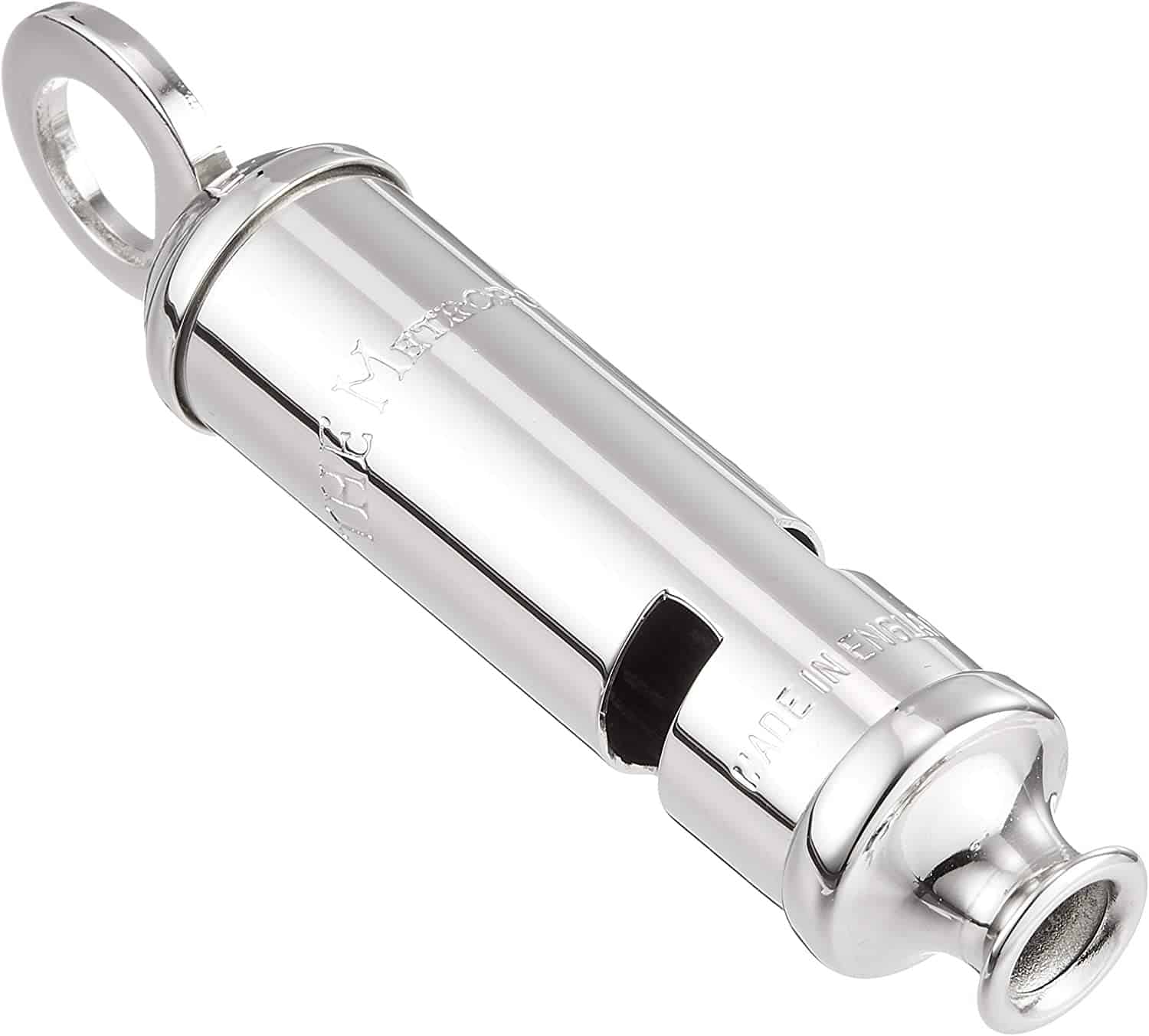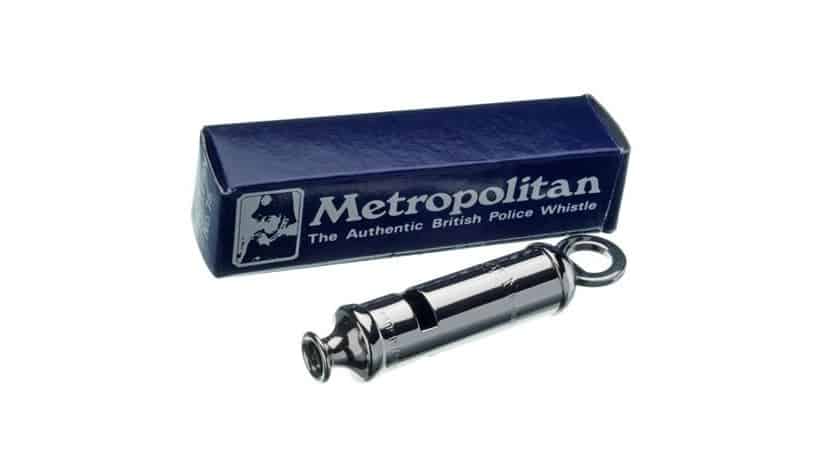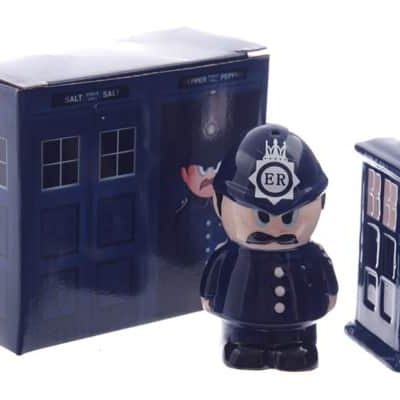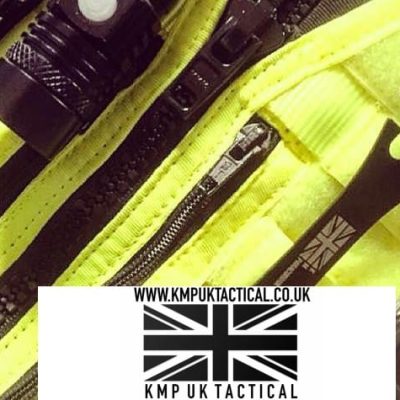Did you get issued a police whistle back in the day?
Every Constable used to be issued with a Whistle. You may have even used it on occasion to call for backup? Well if you’ve not got the police whistle anymore and want a new one, you can now buy a replacement!
This is the ACME Police Whistle which was created by Joseph Hudson, Engineer. The shape and design hasn’t got any moving parts but does allow air to be blown fast through it, creating the loud noise.
This piece of equipment was adopted by the Metropolitan Police in the 1880’s and was used for years as a means of communication due to the sound being heard from over 1 mile away!
This whistle is manufactured to the original design and has a great finish which is sliver plated.
So if you want to relive the “good old days” get yourself one and blow it a few times late at night in your garden. You may even get the police turning up?



From the playful tweet of a silver whistle to the shrill screech of an aluminum one, whistles have been used to get our attention for centuries. Today, we mainly think of them as being for dogs or sporting events. But did you know that British police officers use them too? Let’s take a closer look at the history of the British police whistle.
When were Police Whistle used?
The first police whistles were made of wood and were used in London in 1883. They were different from other whistles of the time because they had two slits cut into them. This made them easier to grip and also gave them a distinctive sound. The Metropolitan Police started using these whistles to help control crowds during riots.
How loud is the Police Whistle?
The first thing you need to know about British police whistles is that they are very loud. In fact, they can reach up to 90 decibels—that’s about as loud as a power mower! This is because they are designed to be heard over the noise of a crowd or traffic. British police officers use their whistles to signal for backup, to disperse a crowd, or to Direct traffic. In recent years, the whistle is no longer used as every officer is issued a personal radio for help or assistance.
How to wear a whistle and chain?
The police whistle and chain is a vital part of any police officer’s uniform. The whistle is used to signal for help, and the chain helps to secure the whistle so that it cannot be lost or misplaced. Although in the morden world the police whistle is really only used as part of uniform during special parades. When wearing the police whistle and chain, it is important to make sure that the whistle is easily accessible.
The best way to do this is as follows:
- Clip the chain onto your shirt pocket or lapel. This will ensure that the whistle is always within reach, and it will also help to prevent the chain from getting tangled.
- Remember to blow your whistle only when absolutely necessary.
- Overuse of the whistle can result in noise pollution, and it can also desensitize people to the sound, making it less effective as an emergency signal.
By following these simple tips, you can ensure that you are using your police whistle and chain correctly.
The metropolitan police whistle
In 1883, Edward Henry, the Commissioner of the Metropolitan Police in London, introduced a new whistle as a way to help police officers communicate with each other while on patrol. The design of the whistle was based on an existing model used by the Royal Navy, and it quickly became an essential part of law enforcement in London. The Metropolitan Police Whistle became so iconic that it was even lampooned in a popular song from the early 20th century. Today, the police whistle is still in use by law enforcement officers across the world, and it remains an important tool for keeping communities safe.
Conclusion:
So there you have it— a little bit of history regarding the British police whistle! These little devices have come a long way since their inception in 1883. Today, they play an important role in helping keep order on the streets of Britain. Who knows what the future holds for these trusty tools?









